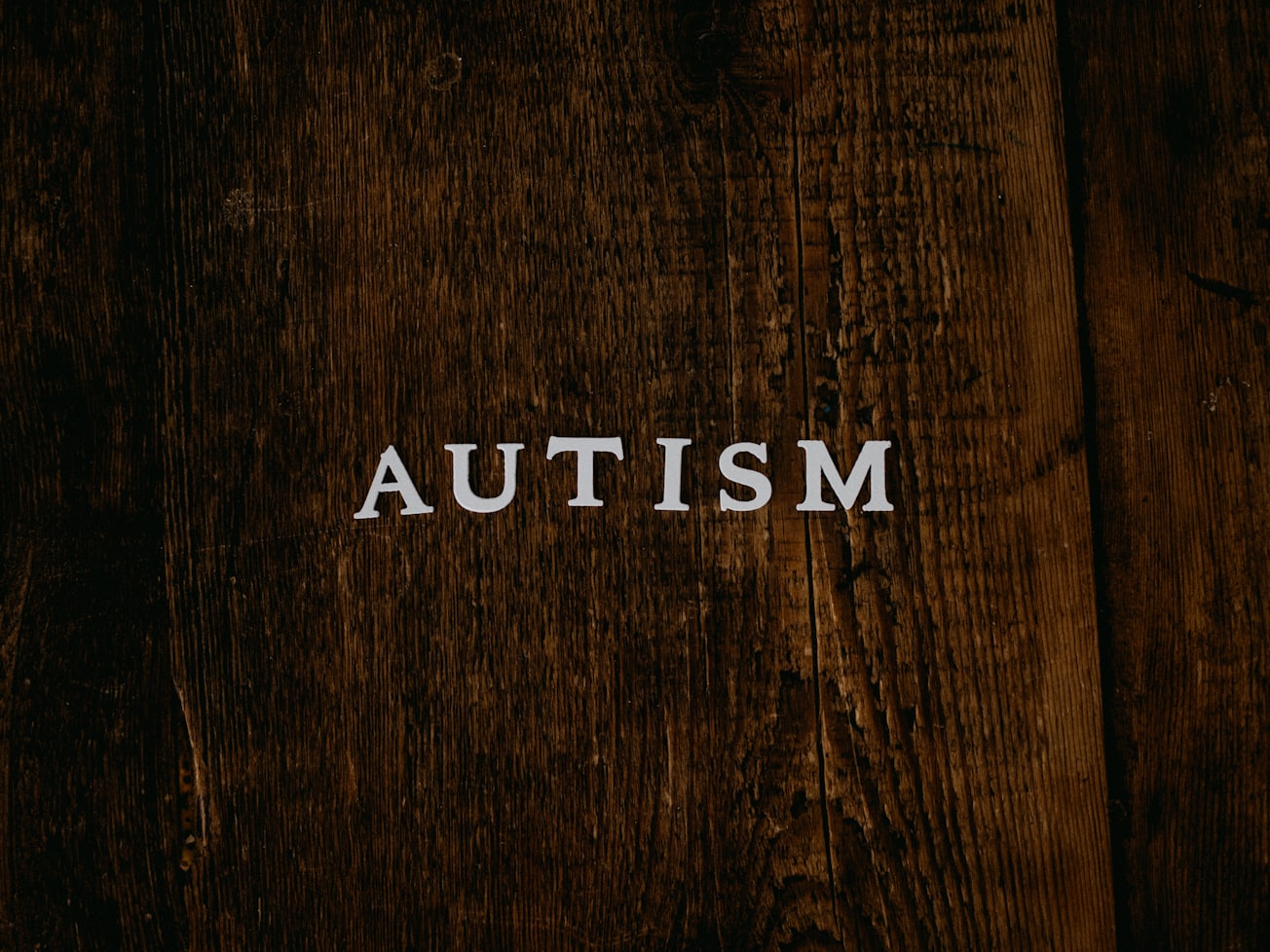What is it about?
Autism spectrum disorder (ASD) is a neurodevelopmental disorder caused by several nervous system problems that change the function of the brain. It is either congenital or occurs in the early years of life. Although the cause of ASD is not known exactly, it is generally thought to be genetic. Today, the relationship of ASD with other diseases is under investigation. One of these diseases is jaundice. It has been shown in different medical studies that the probability of children, who were jaundiced in the newborn period and/or had a family history of autism, having this disorder is higher than the others. However, studies in this area using artificial intelligence techniques are limited. For this reason, in this study, the relationship between ASD with jaundice and/or family history of autism in children was emphasized by using current machine learning techniques and analyses. Datasets were established by digitizing verbal data obtained from children between the ages of 4 and 11: (1) subjects with a family history of autism, (2) subjects with a history of jaundice, (3) subjects with both history of jaundice and family autism, and (4) subjects with no conditions. Since the verbal datasets created by the answers from the children (with or without ASD) or the people around them were converted into numerical form with 0–1 coding, mathematical operations could be performed using these datasets. The four subgroups of data mentioned above were given to the sequential minimal optimization-support vector machine hybrid classifier after they were separated into training and test data via the stratified cross-validation method. The results were analyzed with various statistical parameters. In addition, the sequential forward floating selection algorithm was used to determine which features were not effective for ASD detection. Obtained results from all datasets can provide a new perspective for the literature. As a result, it was determined with a 100% success rate for dataset1 and dataset3. In addition, the ASD detection rate was calculated at 95.52% in children with a history of jaundice. Finally, considerable and meaningful interpretations were made about which features according to the history of jaundice and family autism for each dataset are more effective in ASD detection in children.
Featured Image

Photo by Annie Spratt on Unsplash
Why is it important?
If analyzed the literature, there are very few studies on ASD in the engineering field and a large gap has been found in automatic ASD detection. At the same time, it has been observed that studies on ASD analysis by age or gender in this area are not emphasized much. Finally, it has been understood as a result of the research that it is necessary to determine the effective features that can determine the ASD findings with maximum accuracy according to various diseases such as jaundice. For this reason, in this publication, the relationship between ASD and the history of jaundice and family autism in children was emphasized using Artificial Intelligence.
Perspectives
This publication is very important in terms of demonstrating an example of AI-based expert analysis systems that can be performed using data obtained through verbal ASD tests and proving the relationship of ASD between family history of autism and jaundice by AI-based methods.
Assoc.Prof. Şule YÜCELBAŞ
Tarsus University, TURKEY
Read the Original
This page is a summary of: Autism spectrum disorder detection using sequential minimal optimization‐support vector machine hybrid classifier according to history of jaundice and family autism in children, Concurrency and Computation Practice and Experience, July 2021, Wiley,
DOI: 10.1002/cpe.6498.
You can read the full text:
Contributors
The following have contributed to this page










